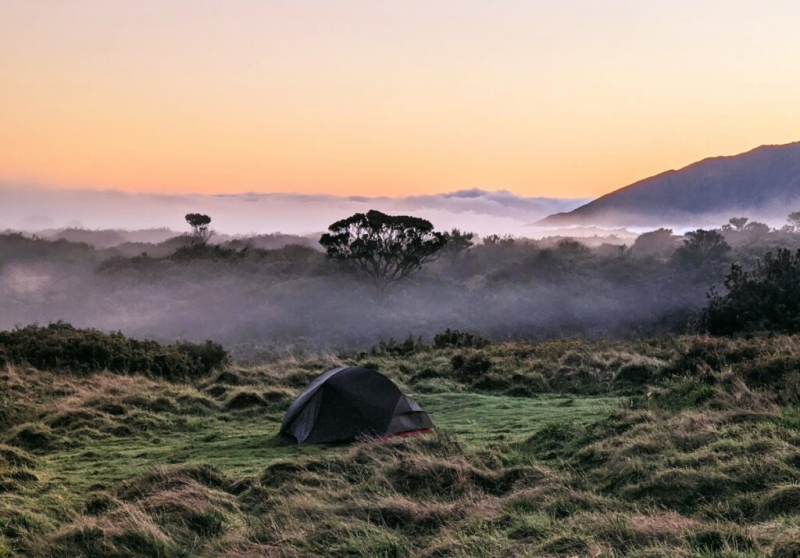Dispersed camping, also known as primitive camping, backcountry camping, or boondocking, refers to camping in an area that does not have designated campsites or established facilities. Unlike traditional campgrounds with amenities like picnic tables, fire rings, and restroom facilities, dispersed camping allows outdoor enthusiasts to set up camp in more remote and undeveloped locations.
Key characteristics of dispersed camping include:
-
No Designated Campsites:
- Dispersed camping areas lack designated campsites, giving campers the freedom to choose their camping spot within certain guidelines.
-
Remote Locations:
- Dispersed campsites are often situated in remote and less-visited areas, away from the more heavily developed and populated campgrounds.
-
Minimal Amenities:
- Unlike established campgrounds, dispersed camping areas typically have minimal or no amenities. Campers need to be self-sufficient and bring their own equipment and supplies.
-
Leave No Trace Principles:
- Dispersed camping encourages adherence to Leave No Trace principles, promoting responsible outdoor ethics. Campers are expected to minimize their impact on the environment by packing out all trash, avoiding damage to vegetation, and respecting wildlife.
-
Greater Privacy and Solitude:
- Dispersed camping offers a greater sense of privacy and solitude compared to crowded campgrounds. Campers can enjoy a more immersive experience in nature.
-
Regulations and Restrictions:
- Dispersed camping is subject to regulations and restrictions imposed by land management agencies, such as the U.S. Forest Service, Bureau of Land Management (BLM), or National Park Service. These regulations may include specific guidelines on where camping is allowed, maximum stay durations, and environmental protection measures.
-
Navigation Skills:
- Campers engaging in dispersed camping often need basic navigation skills to find suitable campsites. Topographic maps, GPS devices, and compasses are valuable tools for navigating in remote areas.
-
Self-Sufficiency:
- Dispersed campers need to be self-sufficient, bringing their own water, food, and camping equipment. Depending on the location, there may be limited or no access to amenities such as potable water or restroom facilities.
-
Campfire Regulations:
- Campfires may or may not be allowed, depending on the specific regulations of the area. When permitted, campers are often required to use established fire rings or practice responsible fire safety.
Dispersed camping provides outdoor enthusiasts with the opportunity to experience the wilderness in a more intimate and independent manner. However, it comes with the responsibility of minimizing environmental impact and adhering to the regulations set by land management agencies. Before engaging in dispersed camping, it's essential to research and understand the rules and guidelines for the specific area you plan to visit.

What to Bring to a Dispersed Camping?
Dispersed camping, also known as backcountry camping or primitive camping, involves camping in an area where there are no designated campsites. It requires careful planning and preparation to ensure a safe and enjoyable experience. Here's a checklist of items to bring for dispersed camping:
